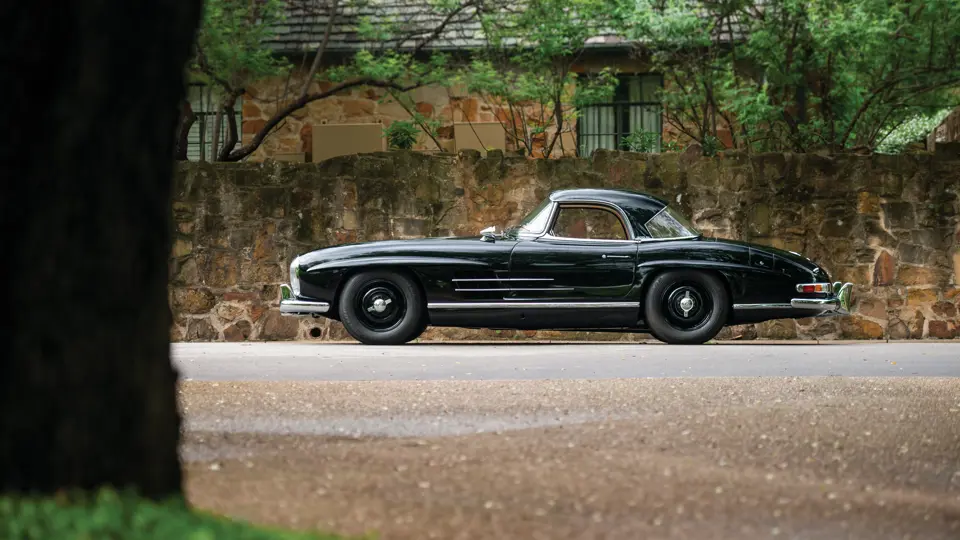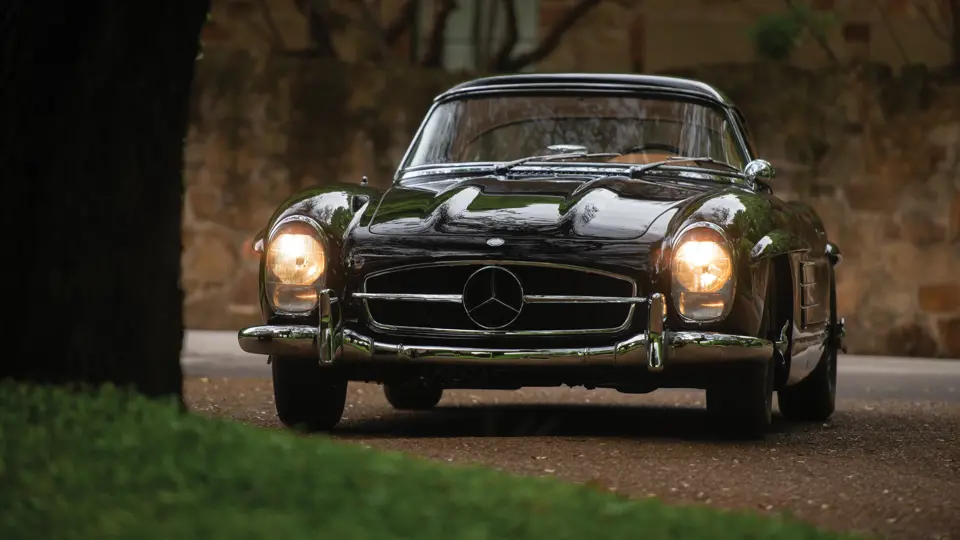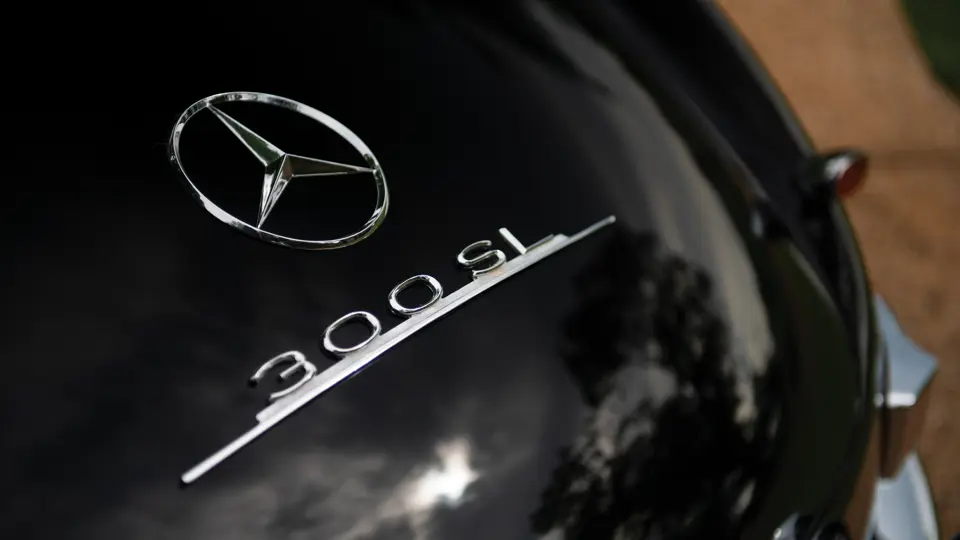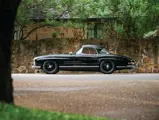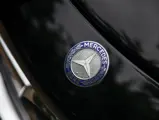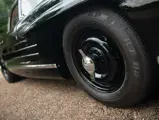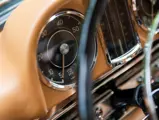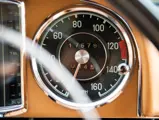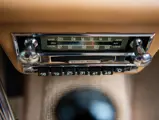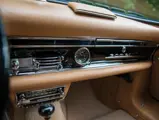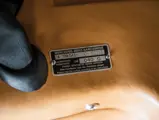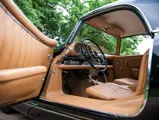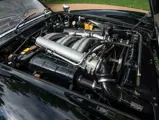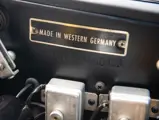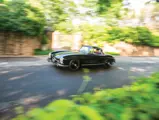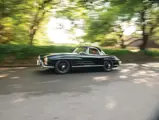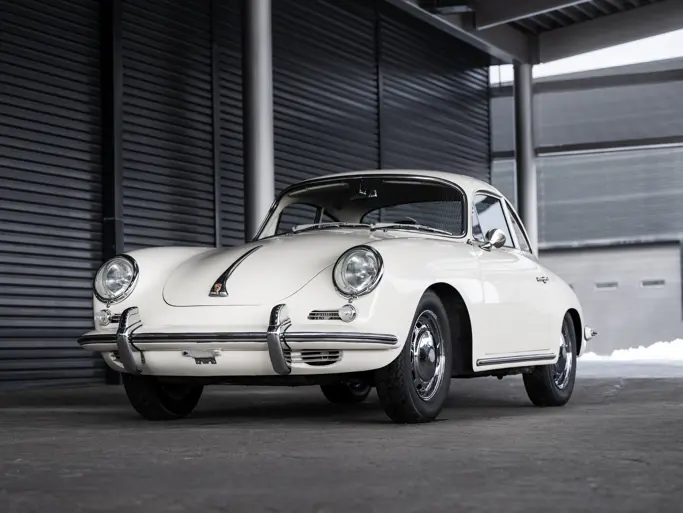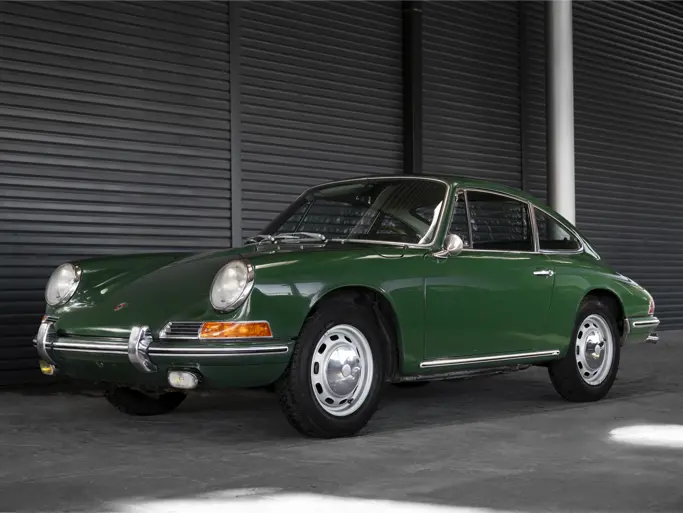To many, the Mercedes-Benz 300 SL is an automobile that needs no introduction. American Mercedes-Benz importer Max Hoffman was convinced that a road-legal version of the successful W194 racer would be profitable in the U.S. He knew that his clients would love the performance and styling of such a vehicle, so he lobbied the top brass at Mercedes-Benz to develop the car. Luckily for him, and us, Hoffman’s wish was granted.
The automobile that followed was nothing short of extraordinary. The 300 SL, sporting a chassis directly developed from lessons learned in campaigning the W194, was the first production automobile that used fuel injection as opposed to carburation, which was a technological advancement that allowed it to become the fastest street-legal car of its day. When it premiered at the 1954 New York Auto Show, the public fell in love with the car not only for its performance, but also for its breathtaking good looks and proportions. The design of the 300 SL would even catch the eye of Andy Warhol in 1986, when it was featured in a painting entitled Cars, which was commissioned by German art dealer Hans Meyer.
Max Hoffman wanted an open version from the very beginning, and after the success of the coupe, the 300 SL roadster was released, going on to attract even more buyers toward Mercedes-Benz’s most innovative sports car. Since the 300 SL would lose its top, engineers reinforced and modified the space-frame chassis to fit conventionally hinged doors, which simultaneously allowed for greater ease of entry by lowering the height of the chassis on the door line, albeit a small forfeiture of the original model’s character. Designers used this opportunity to make several slight changes to the 300 SL’s body, and many installed new headlights and a smaller grille opening and fitted dual chrome strips on the side sills, to give the car a more streamlined and glamorous look. The roadster was introduced in 1957, and it offered the performance and style that the coupe was known for but with a dash of practicality and the thrill of open-air driving, making for a motoring experience that was second to none.
In order to keep performance on par with the coupe, all roadsters were offered with the more sporting NSL engine of the coupe as standard configuration. This made the roadster capable of top speeds that ranged from 133 to 155 mph, depending on the final drive ratio specified. Production on the roadster and the iconic W198 platform stopped in early 1963, with 1,858 examples being produced, making it even more popular than its gull-winged predecessor.
Also like the coupe, the roadster was certainly the item to have for the jet-set in the late ’50s and early ’60s. The 300 SL roadsters were favored by celebrities for their style and racing drivers for their performance and brilliant engineering, and they often found homes with just about anyone who appreciated fine machinery and those who had the bank account to acquire it. With a list price of $11,000 when new, the style and performance it provided certainly came at a price. As with all great and historically important automobiles, it has retained that same persona to this day, and it remains amongst the world’s most desired cars.
The 300 SL offered here was formerly part of the well-known Fred Kemp collection of Mercedes-Benzes, which was displayed at the Kemp Automobile Museum in Missouri. After Mr. Kemp’s ownership, it was acquired by another enthusiast, who commissioned a no-expense-spared restoration of the matching-numbers car at the hands of Mercedes-Benz specialist Walter Quitt of Costa Mesa, California.
The body was removed from the frame, and all of the panels were stripped to bare metal before being refinished. The engine, transmission, and rear end were all rebuilt. Mechanical work was performed by noted father–son team Walter and Dirk Quitt. The final gear ratio was also changed to 3.25:1, to provide for high speeds at lower rpms, which is ideal for touring. The brakes were found to be of the sought-after large-version drum brakes that were developed from racing experience, which were disassembled and then rebuilt.
This roadster, finished in Black (DB 40) over tan leather (DB 1060) and correct leather-edged boucle-style carpet, is fitted with the desirable European-style headlamps, Rudge-style knock-off wheels, and modern radial tires, as well as both a soft top and the factory removable hardtop. The trunk houses handmade German reproduction luggage, which is supplied with the car, along with a tool roll, its original owner’s manual, and a sales catalogue.
A 300 SL roadster is perhaps the most iconic model of Mercedes-Benz’s illustrious history, and one would be a staple in any serious collection. They are beautifully engineered and designed, and they are incredible automobiles to drive, as they exhibit both timeless styling and more than respectable performance by today’s standards.

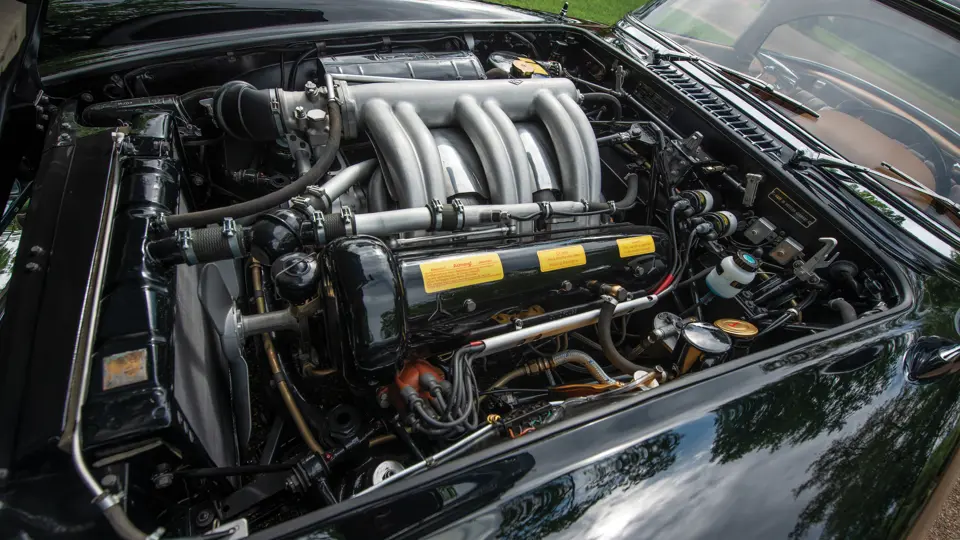
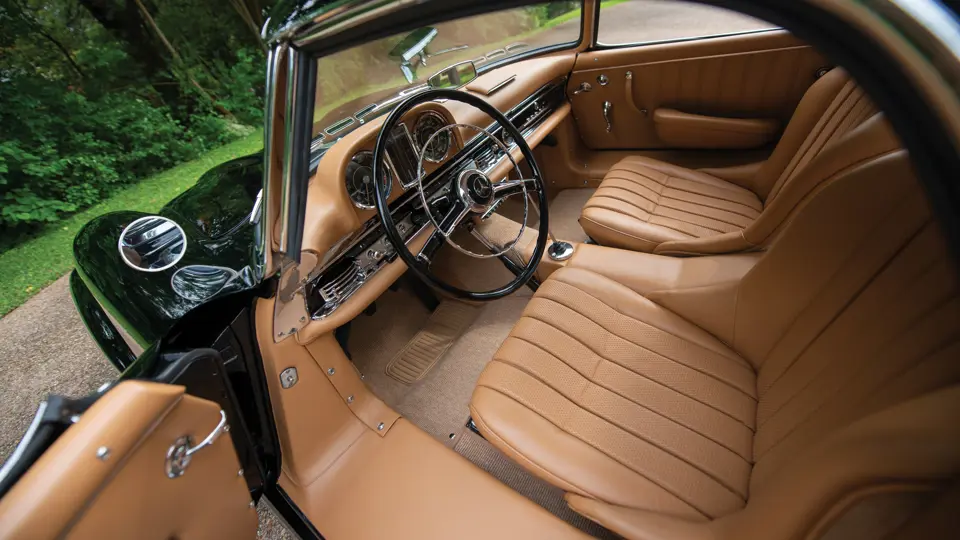

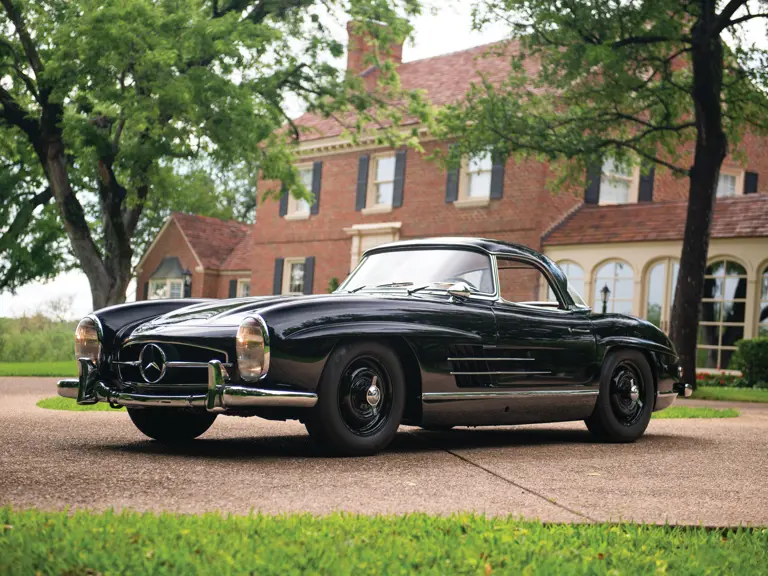
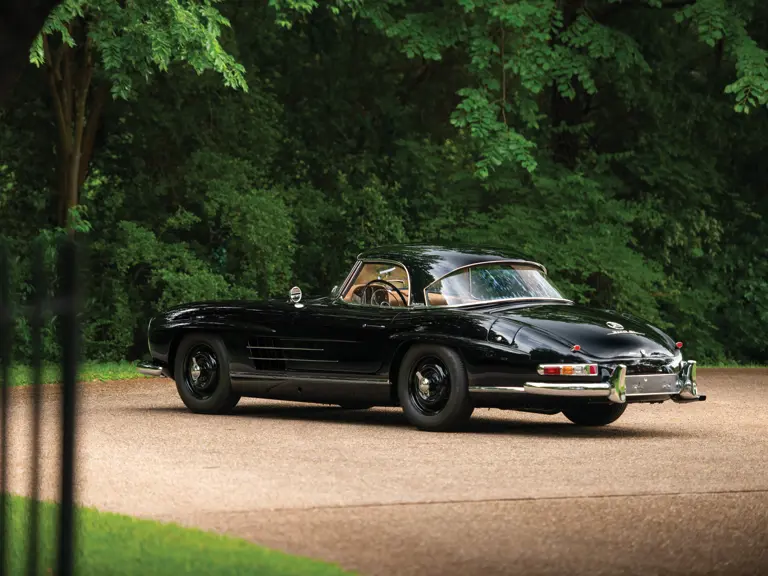
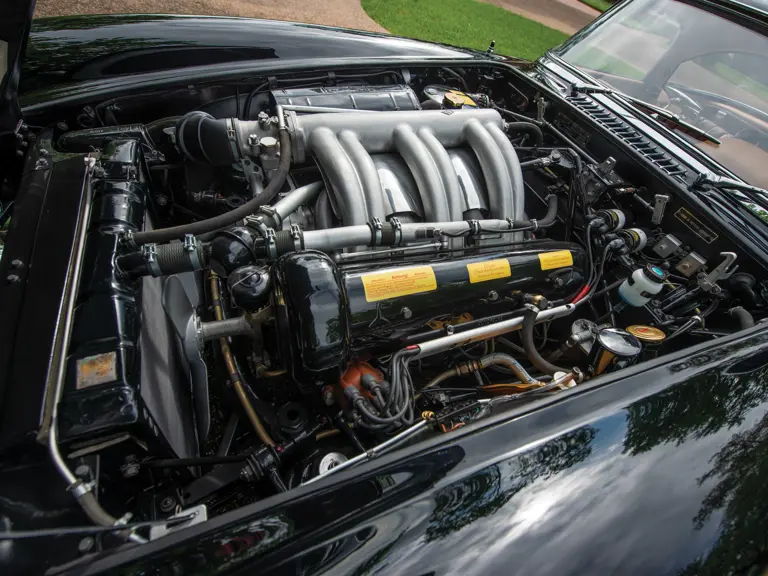
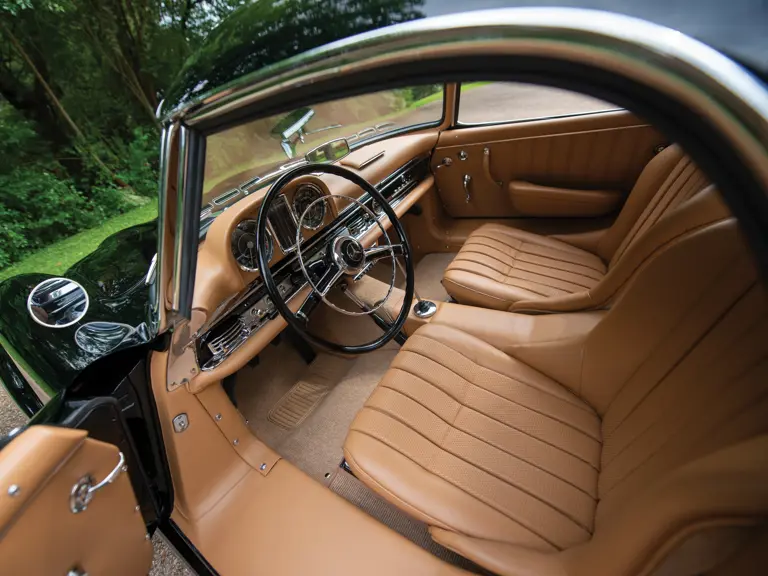
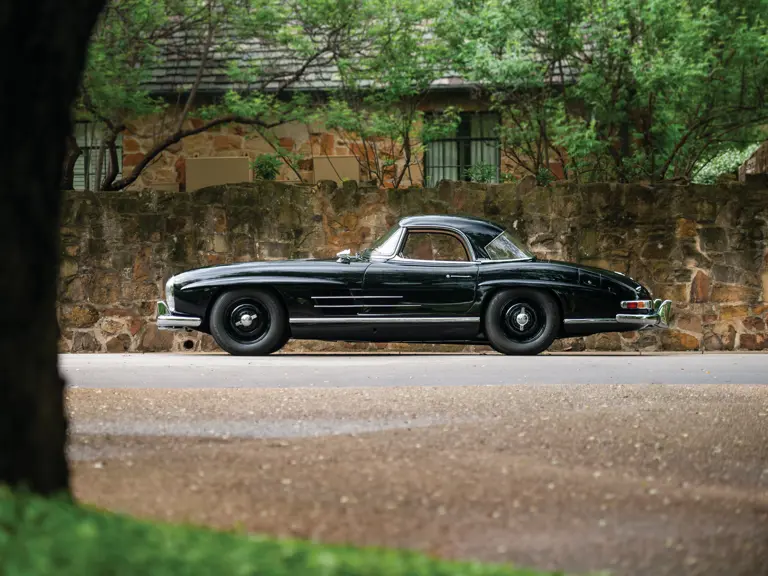
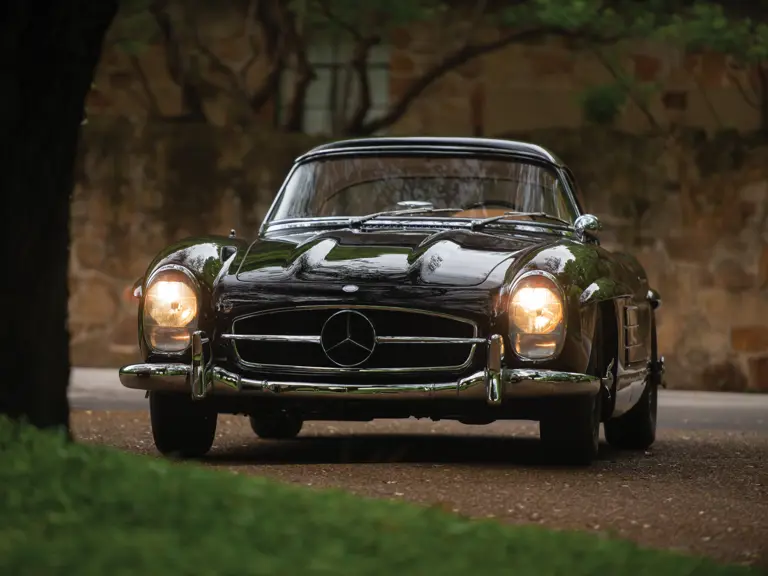
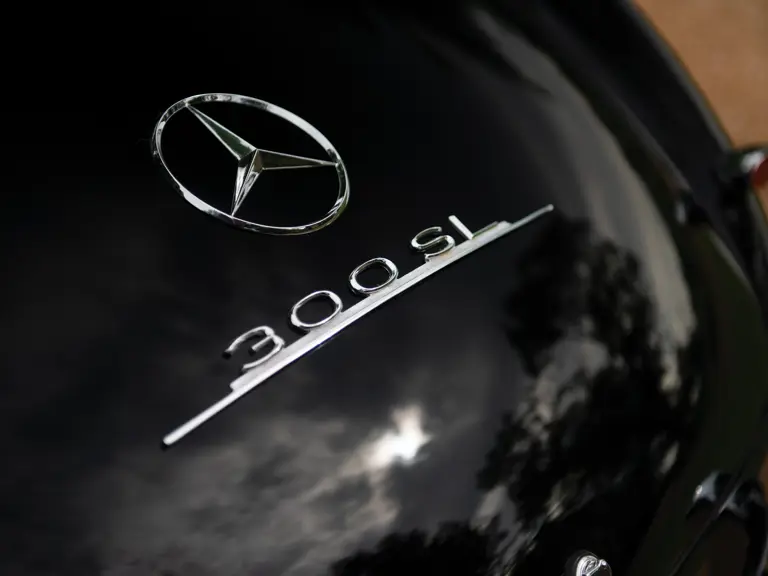
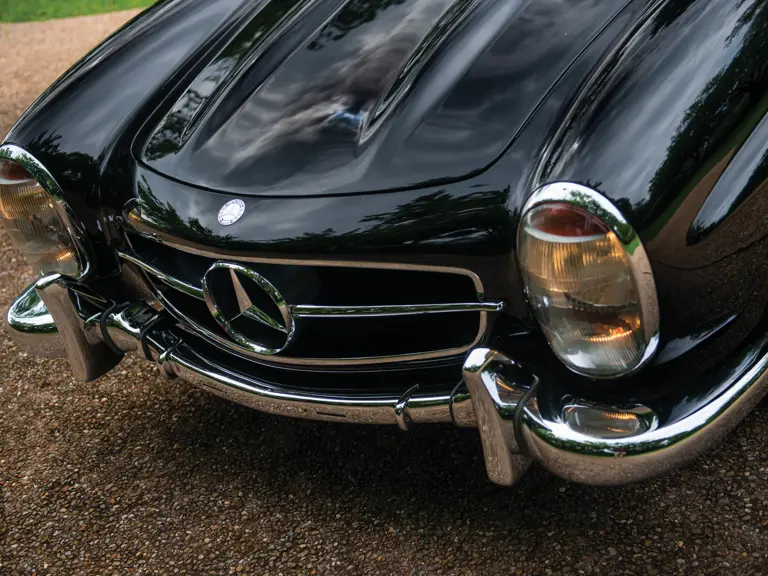
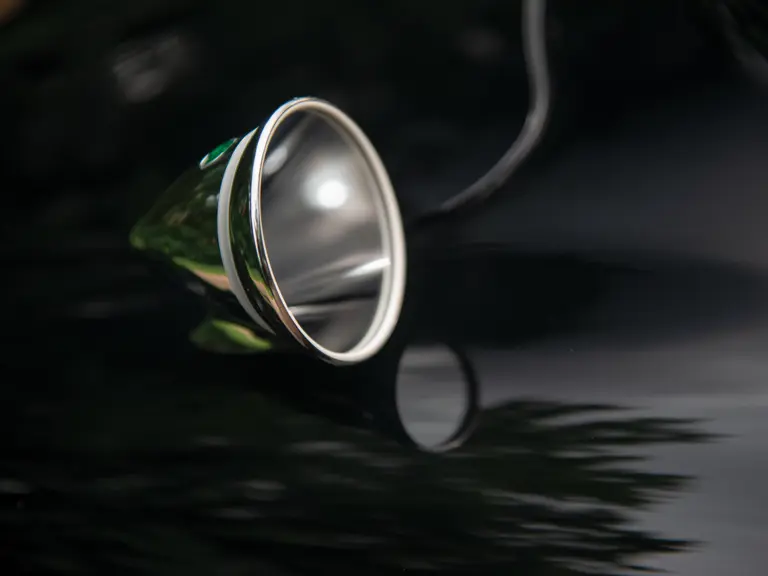

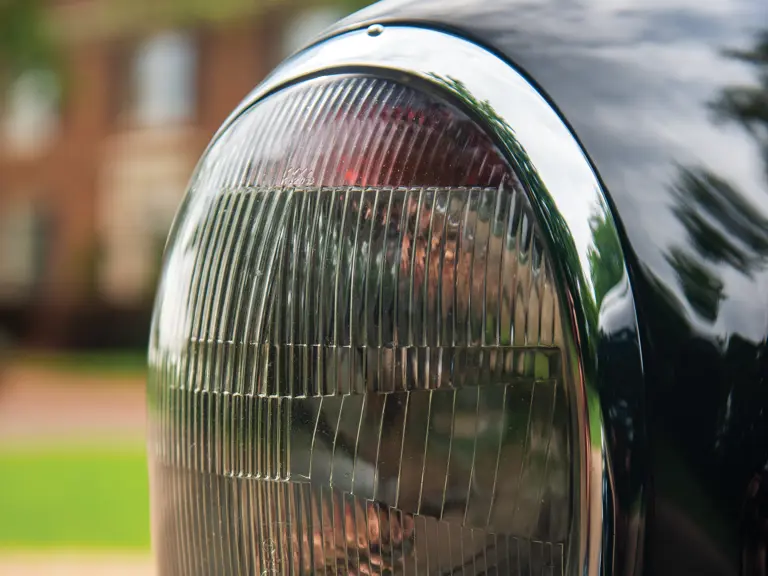

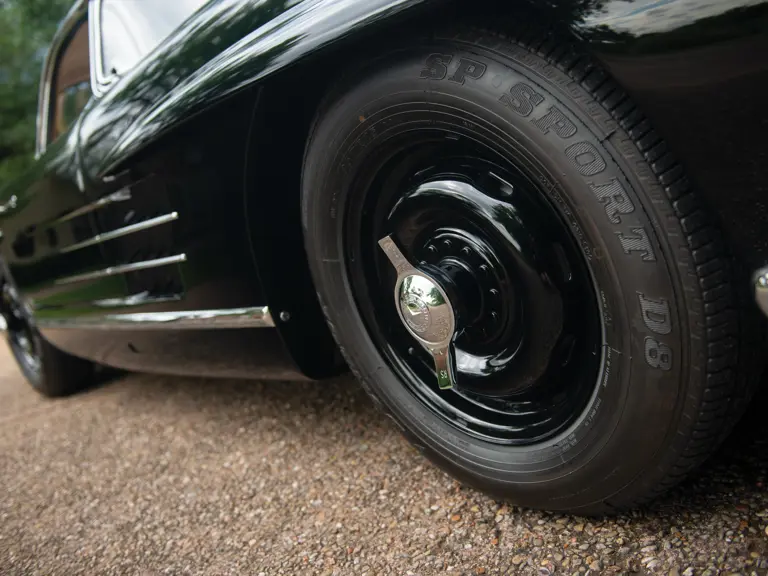

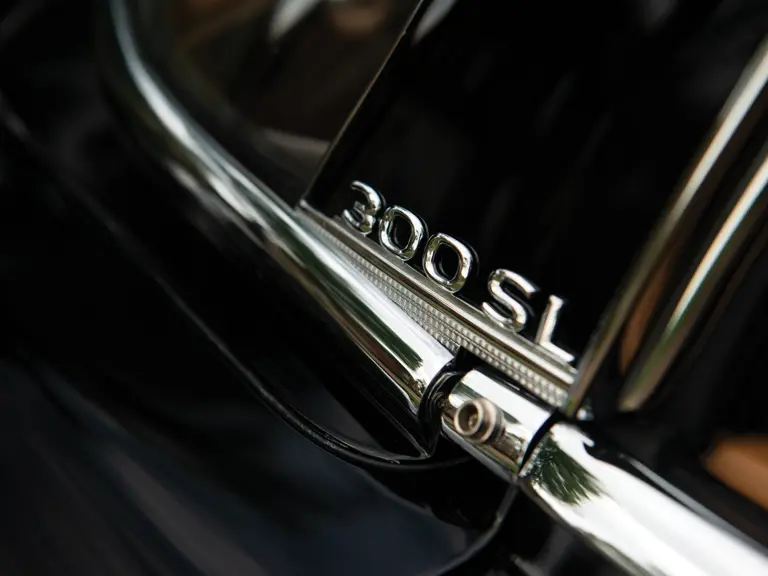

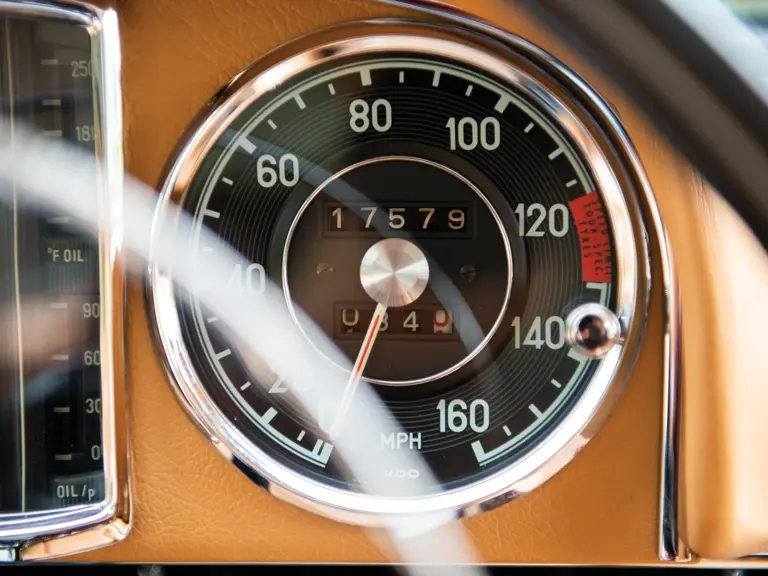
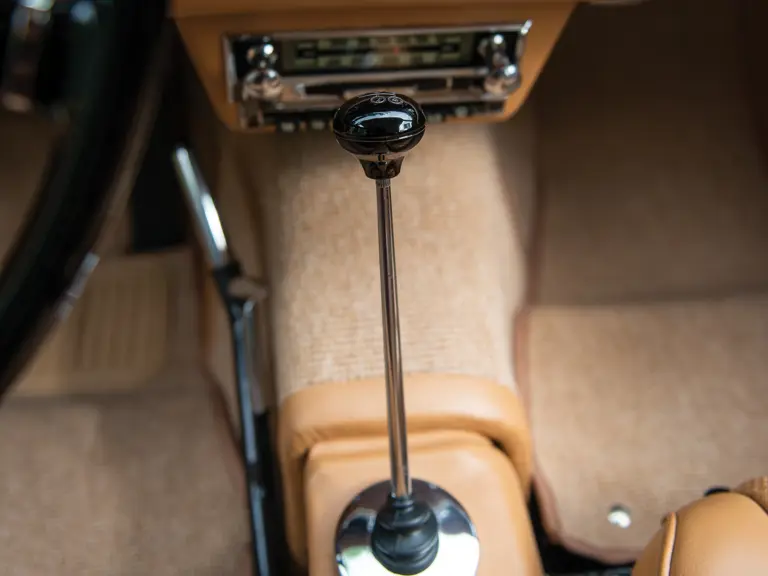
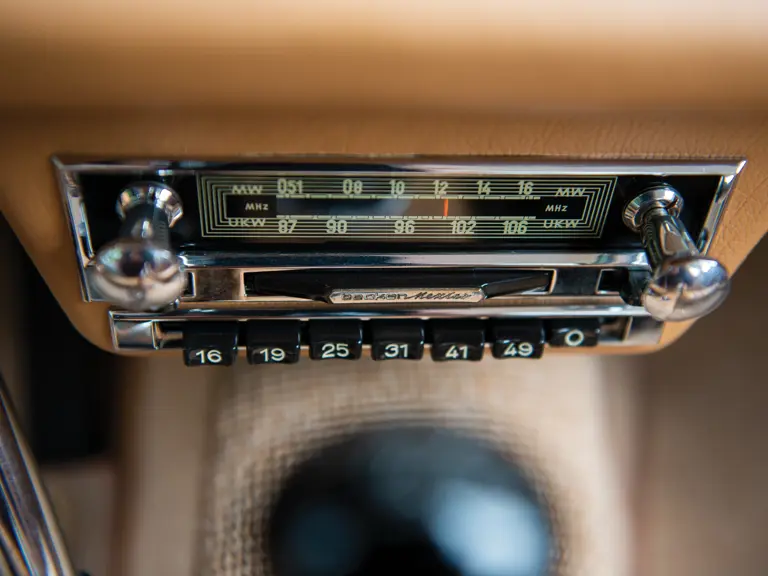

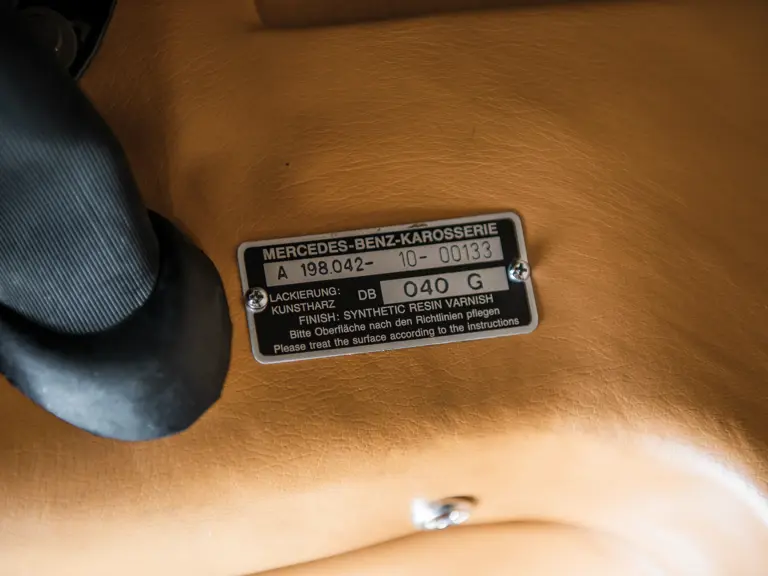
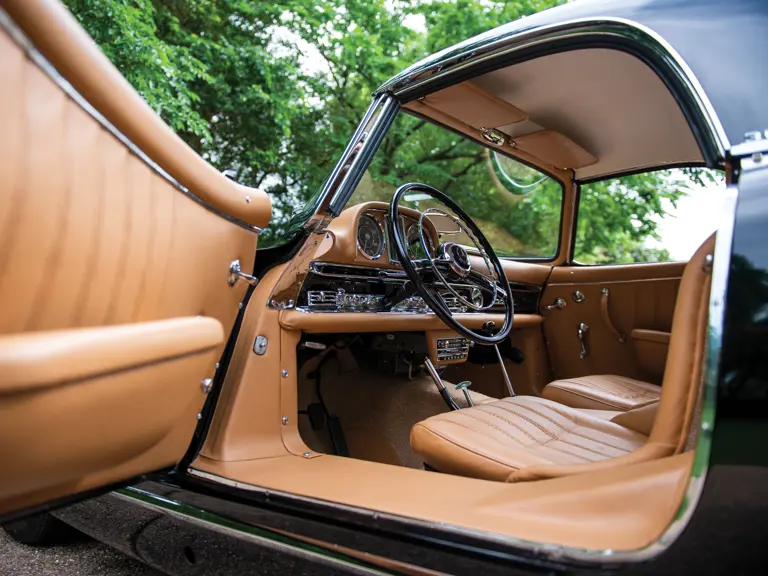
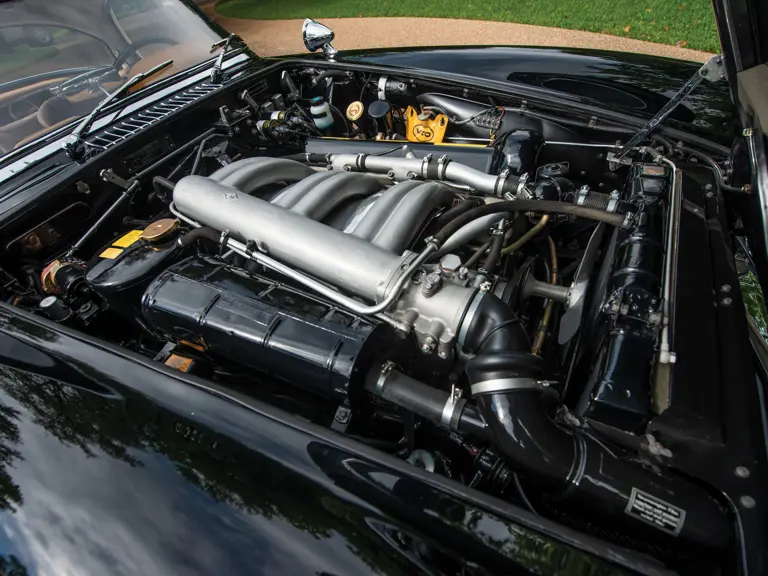
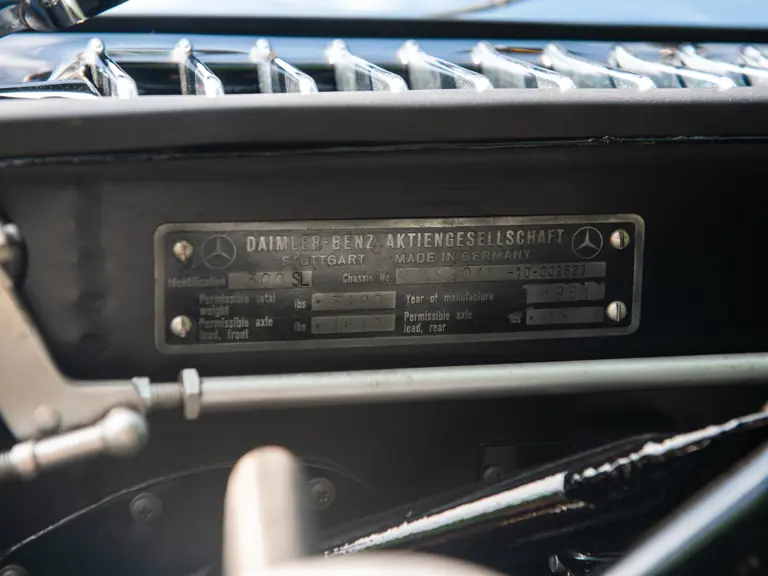
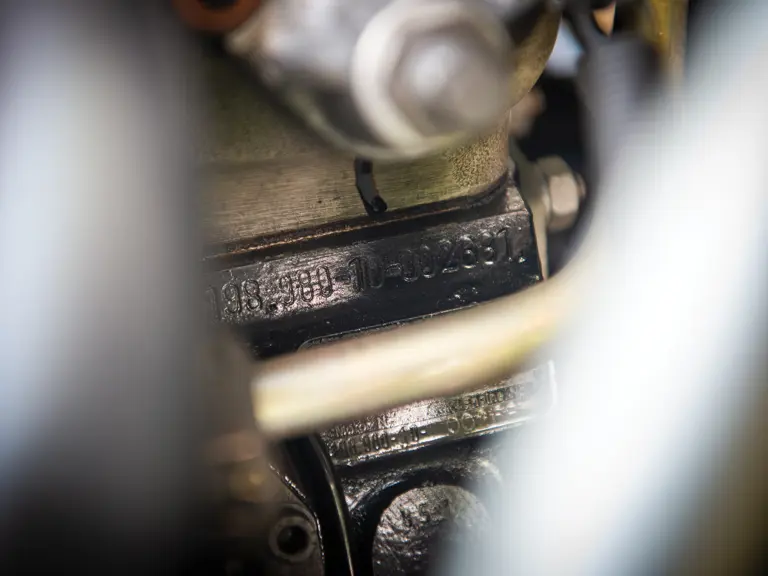

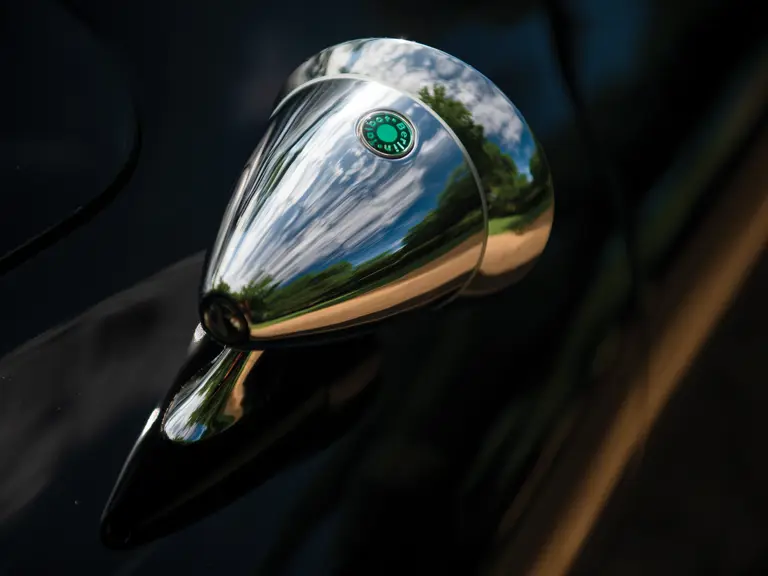
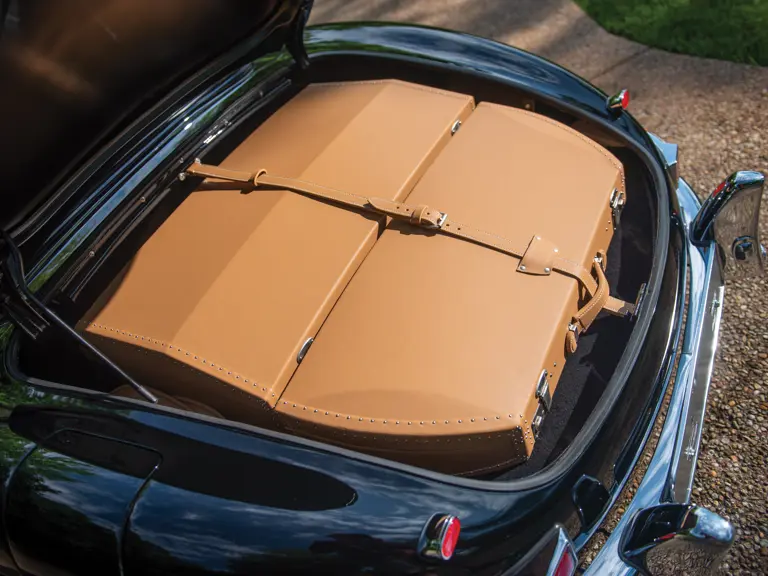
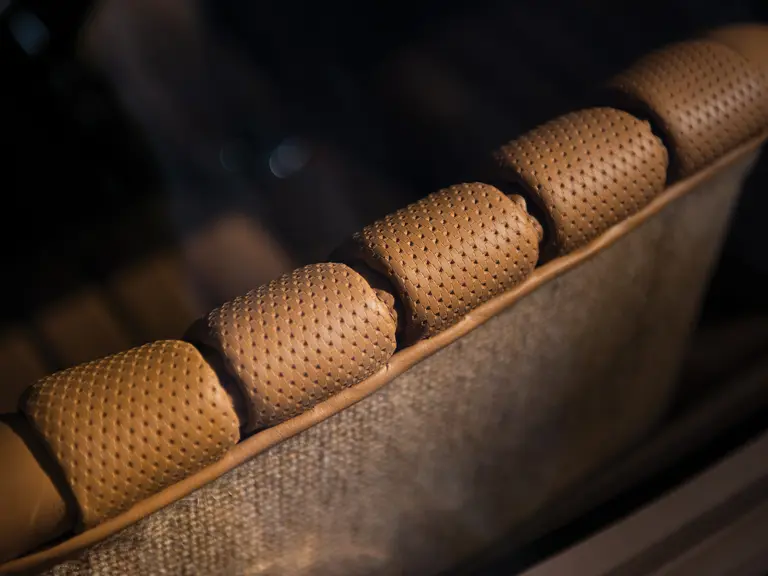
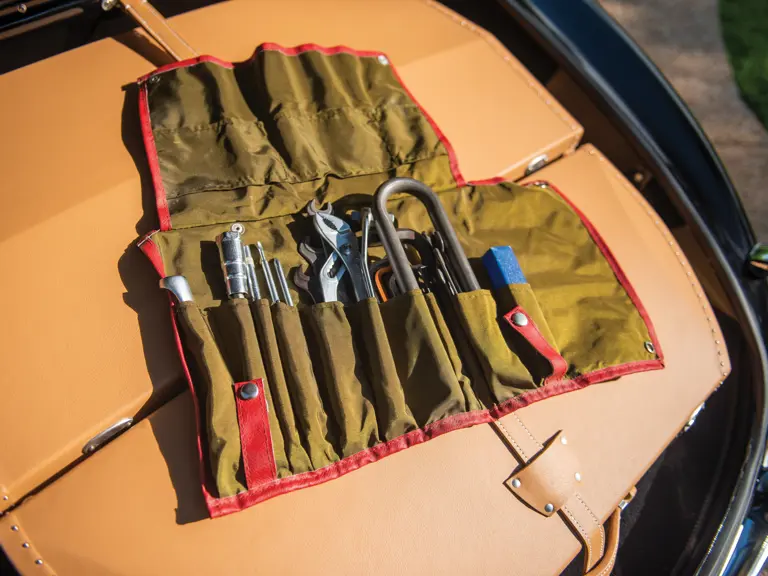
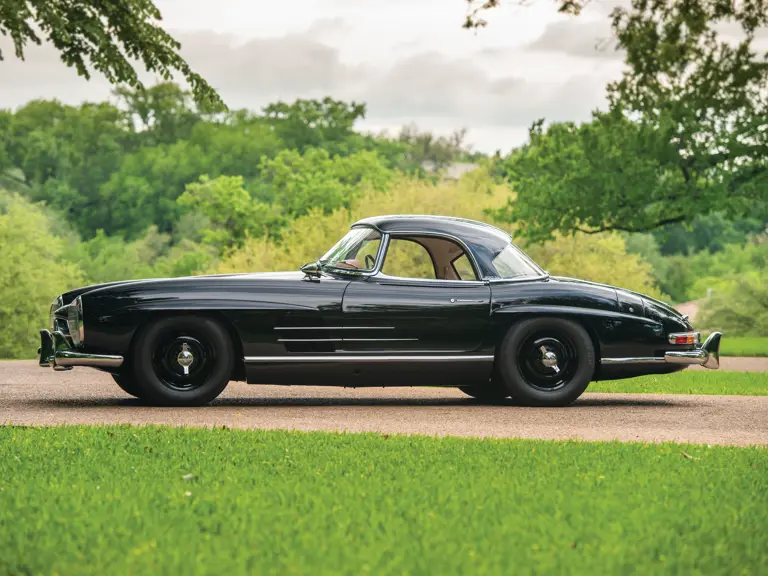
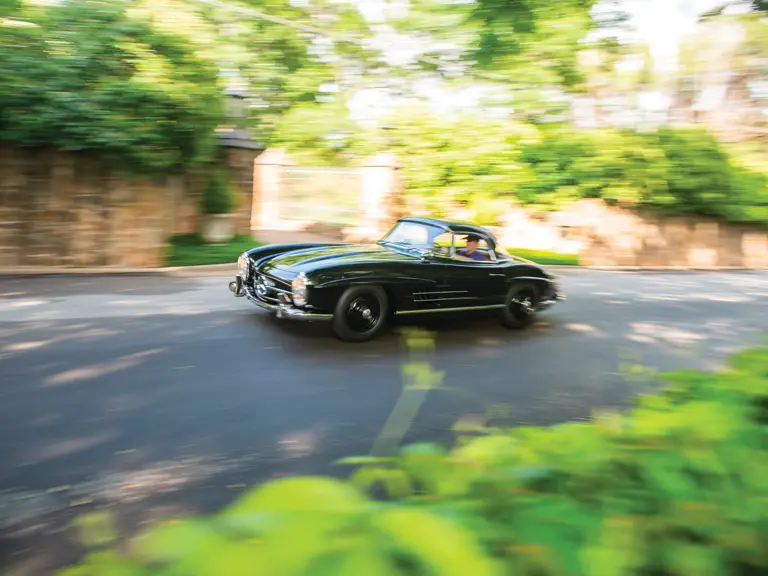

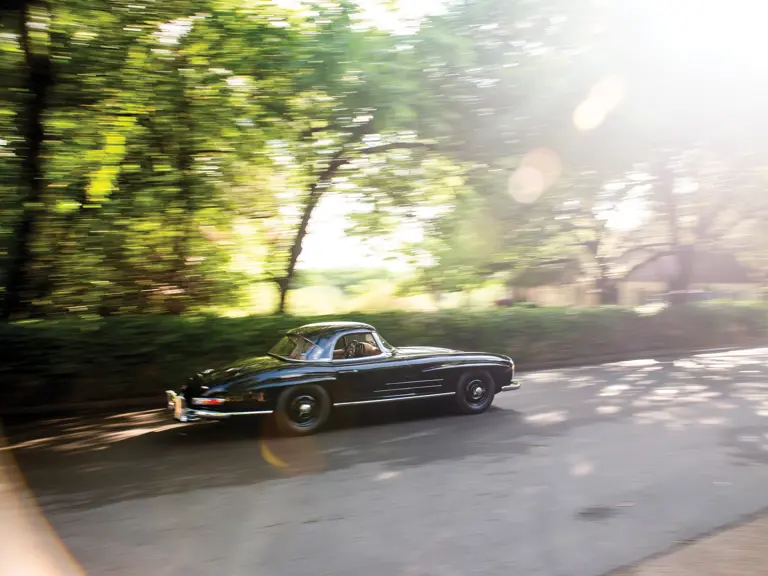

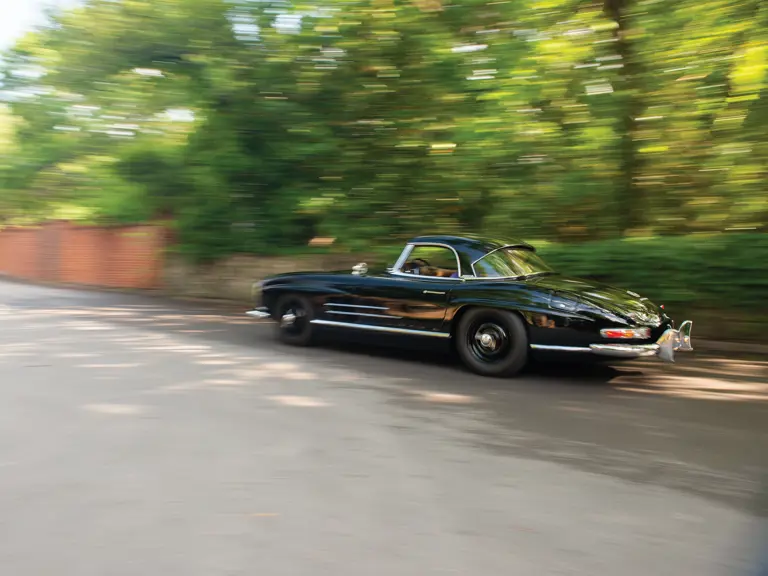
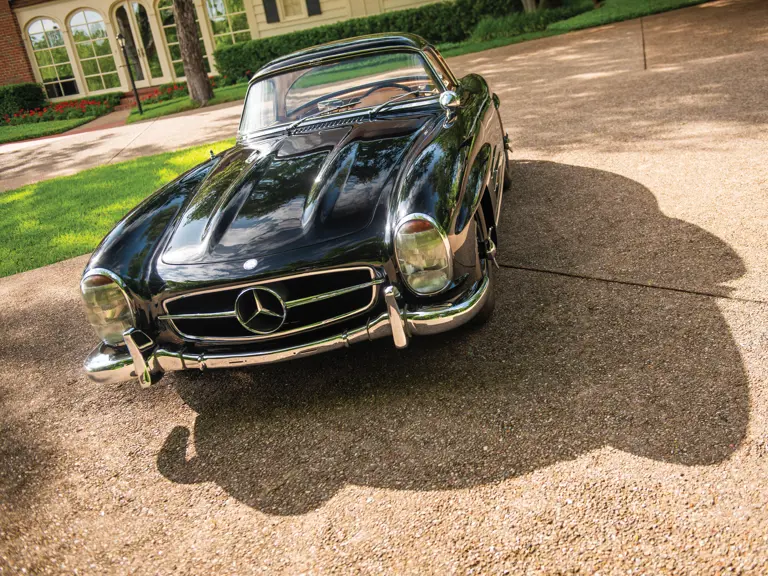
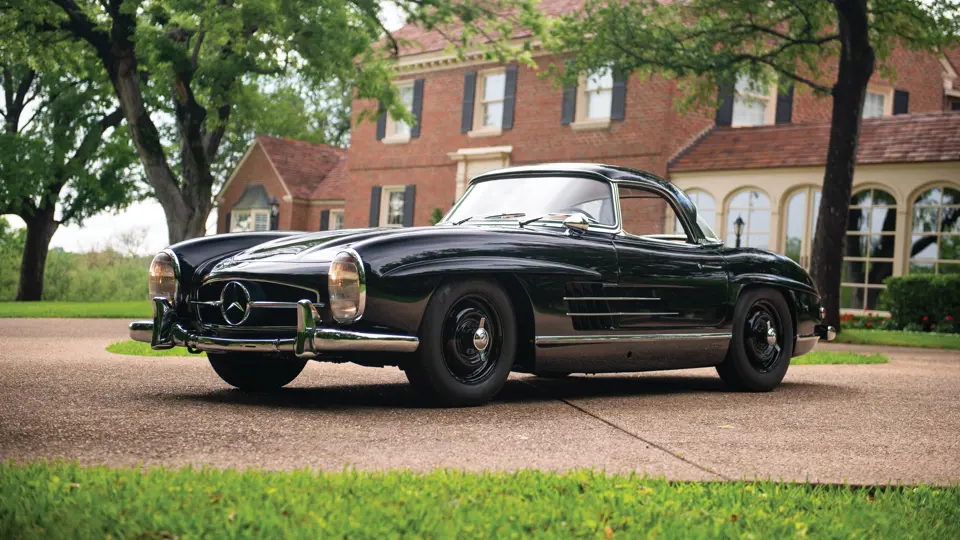
 | Monterey, California
| Monterey, California
